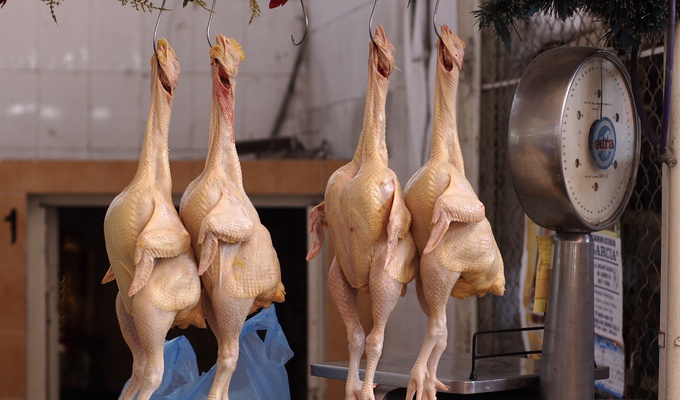Chicken breast is the lean, boneless portion of the chicken derived from the pectoral muscles, positioned along either side of the sternum. In culinary contexts, chicken breast is prized for its relatively mild flavor and versatility in a wide variety of cooking methods, including grilling, baking, poaching, and sautéing. Due to its low fat content, chicken breast is prone to drying out if overcooked; therefore, it is often recommended to cook it to an internal temperature of 165°F (74°C) to ensure both tenderness and food safety.
Seasoning options are highly adaptable, ranging from simple salt and pepper to more complex marinades and spice rubs. Chicken breast's neutral taste pairs well with a wide array of herbs, such as thyme, rosemary, and garlic, as well as citrus elements like lemon, making it a staple in both Western and global cuisines.
In terms of poultry anatomy, the breast is characterized by its relatively high proportion of white muscle fibers, which are less suited for sustained activity compared to the darker muscle fibers found in the legs and thighs, accounting for the variation in texture and flavor between different cuts of chicken.
